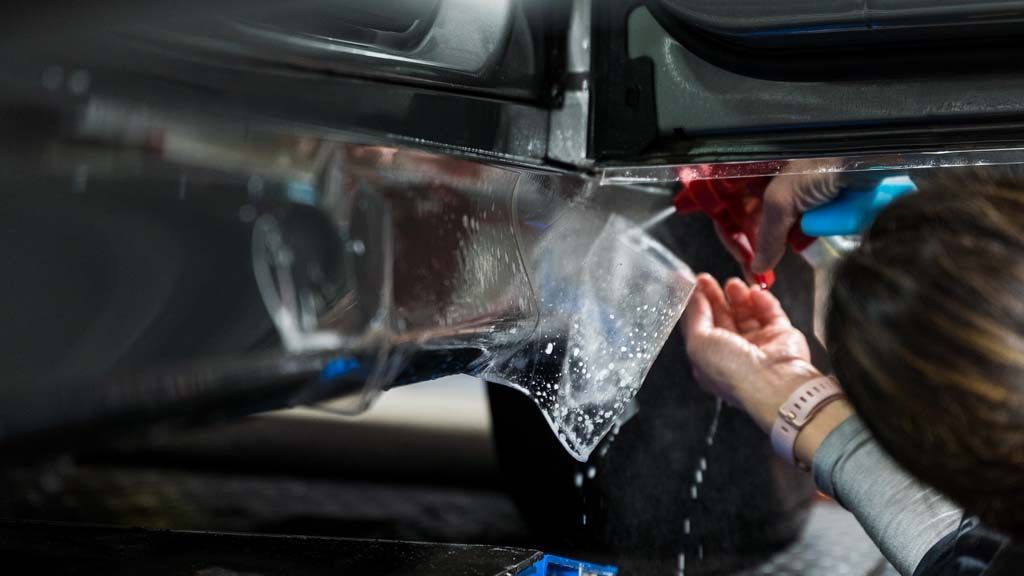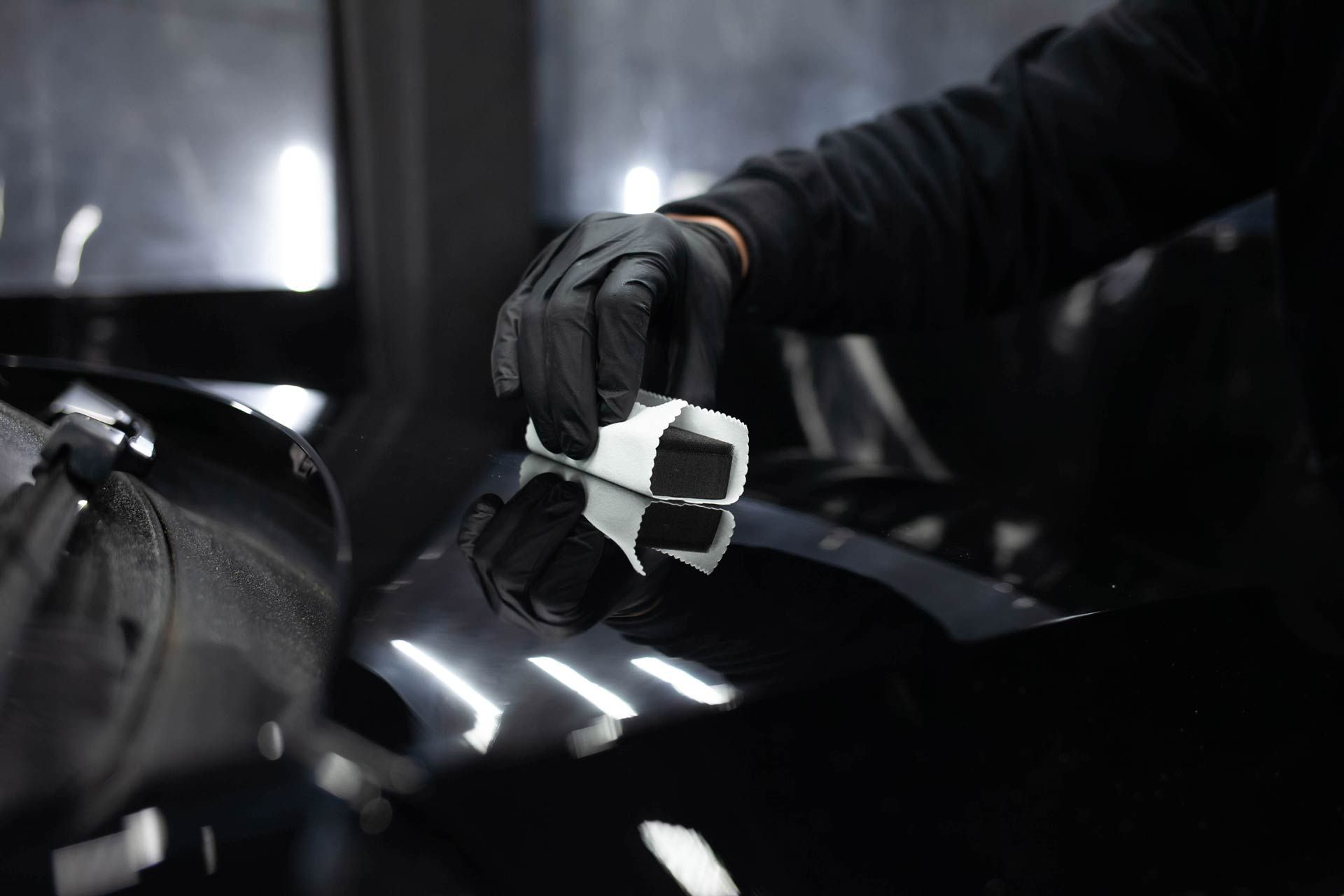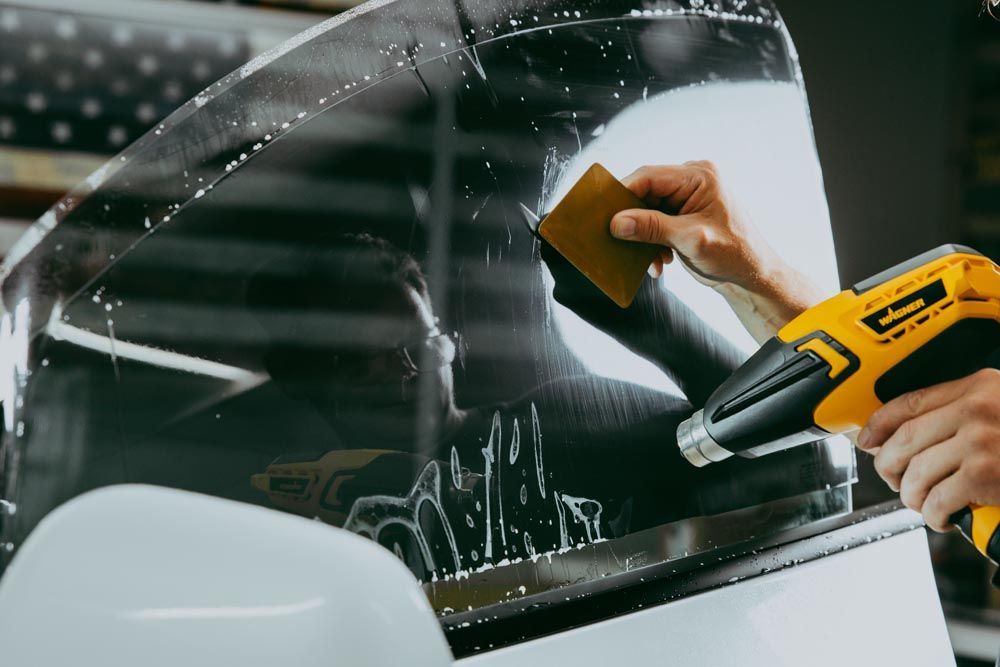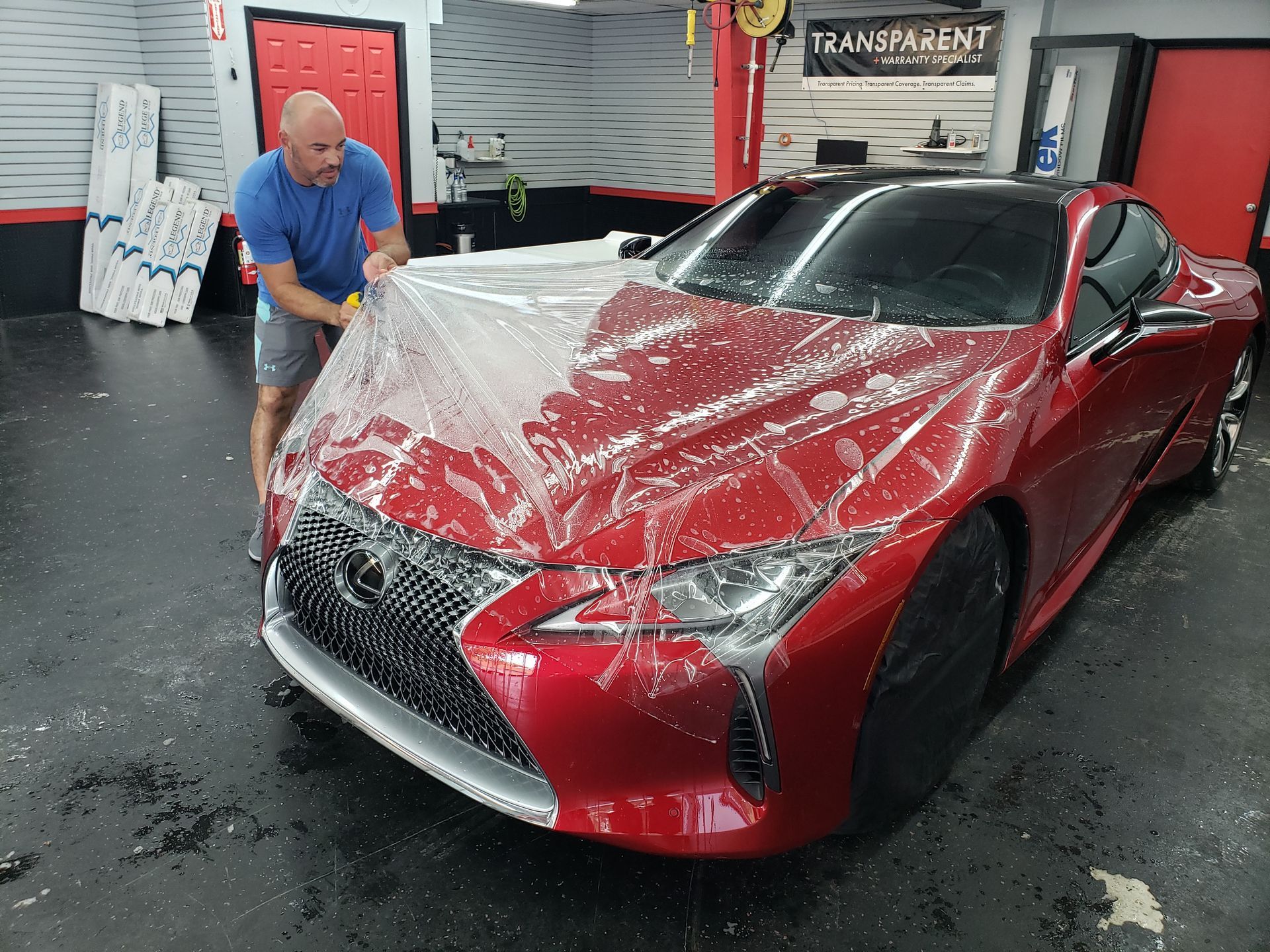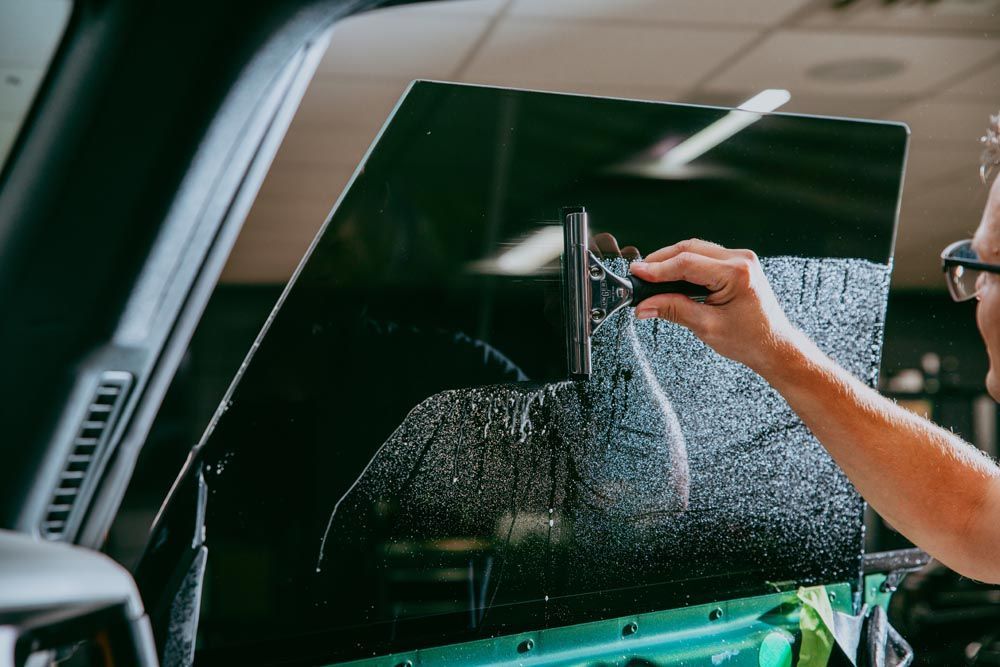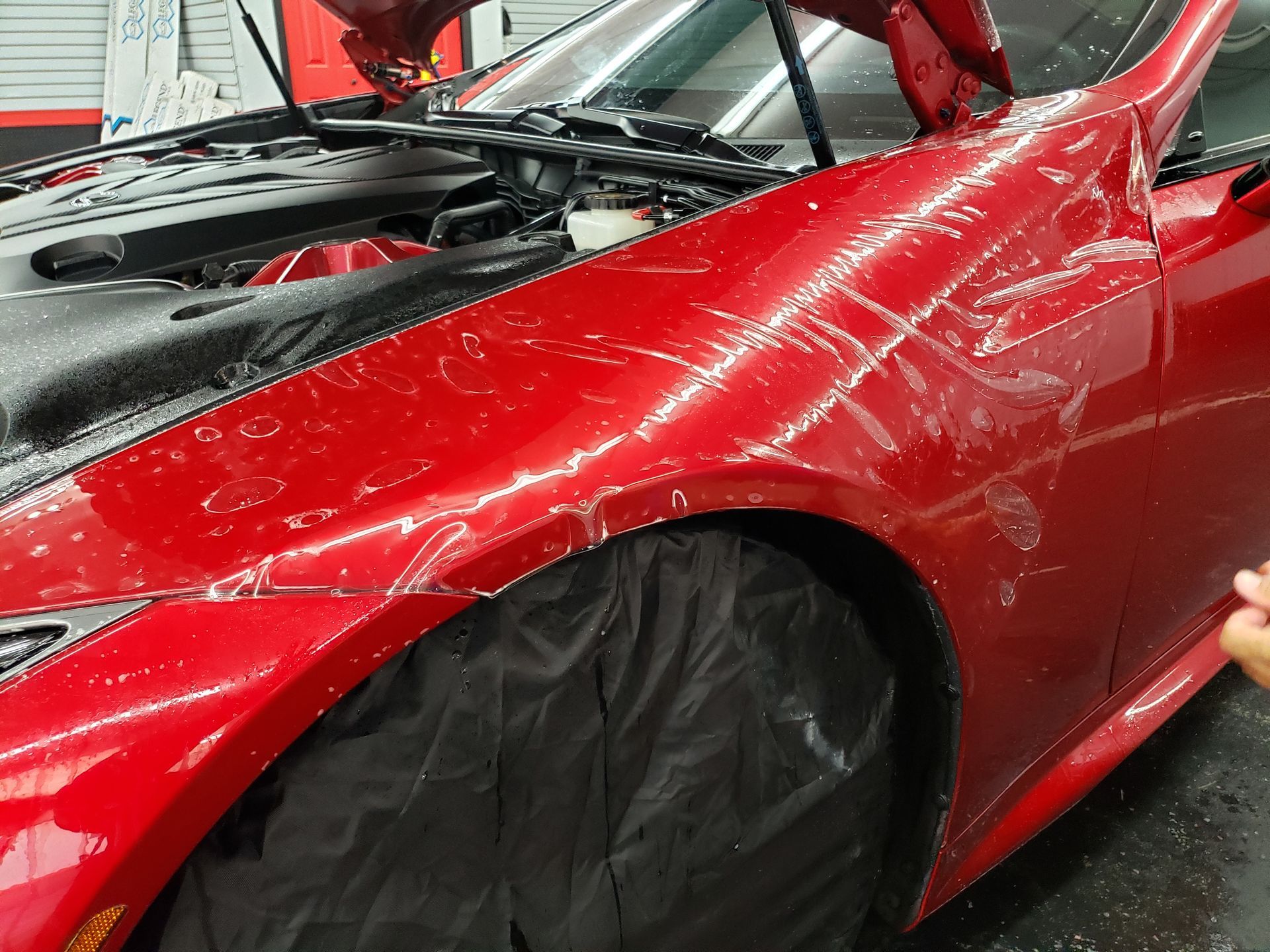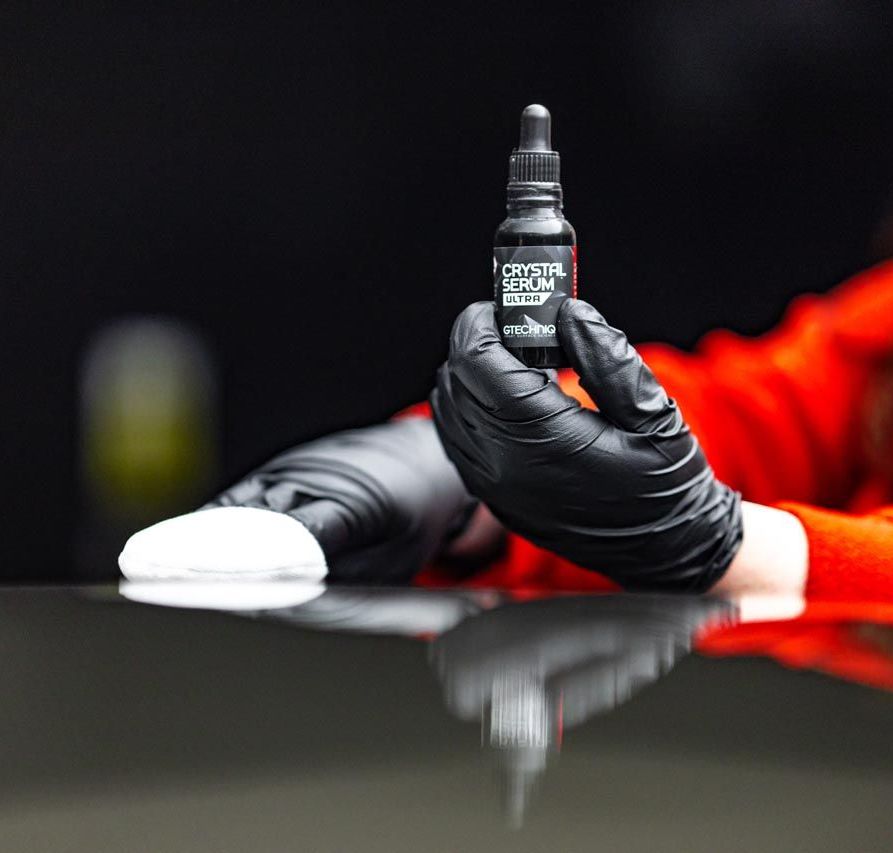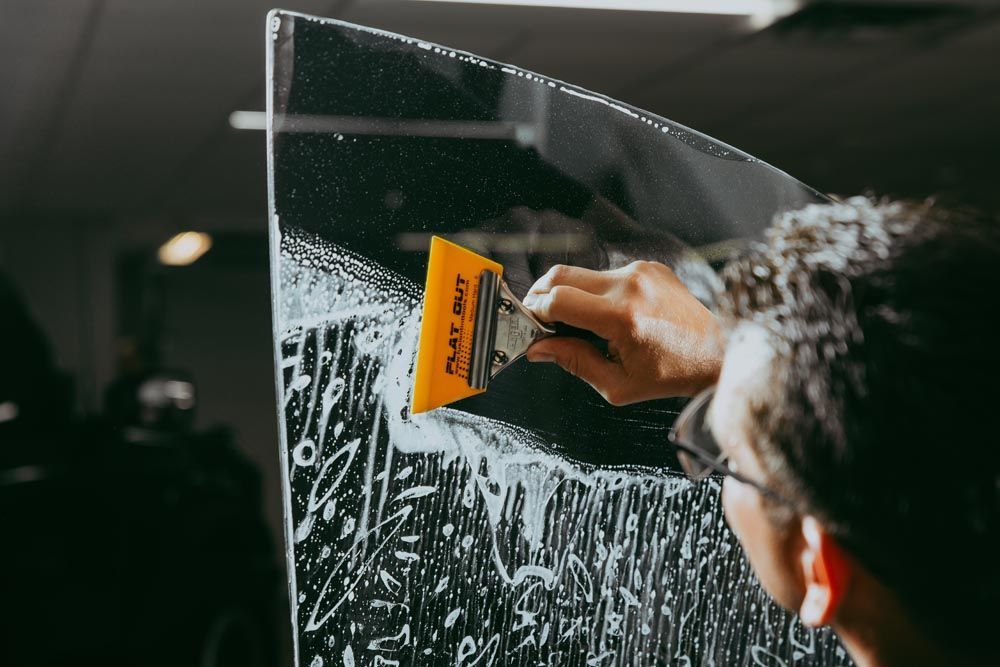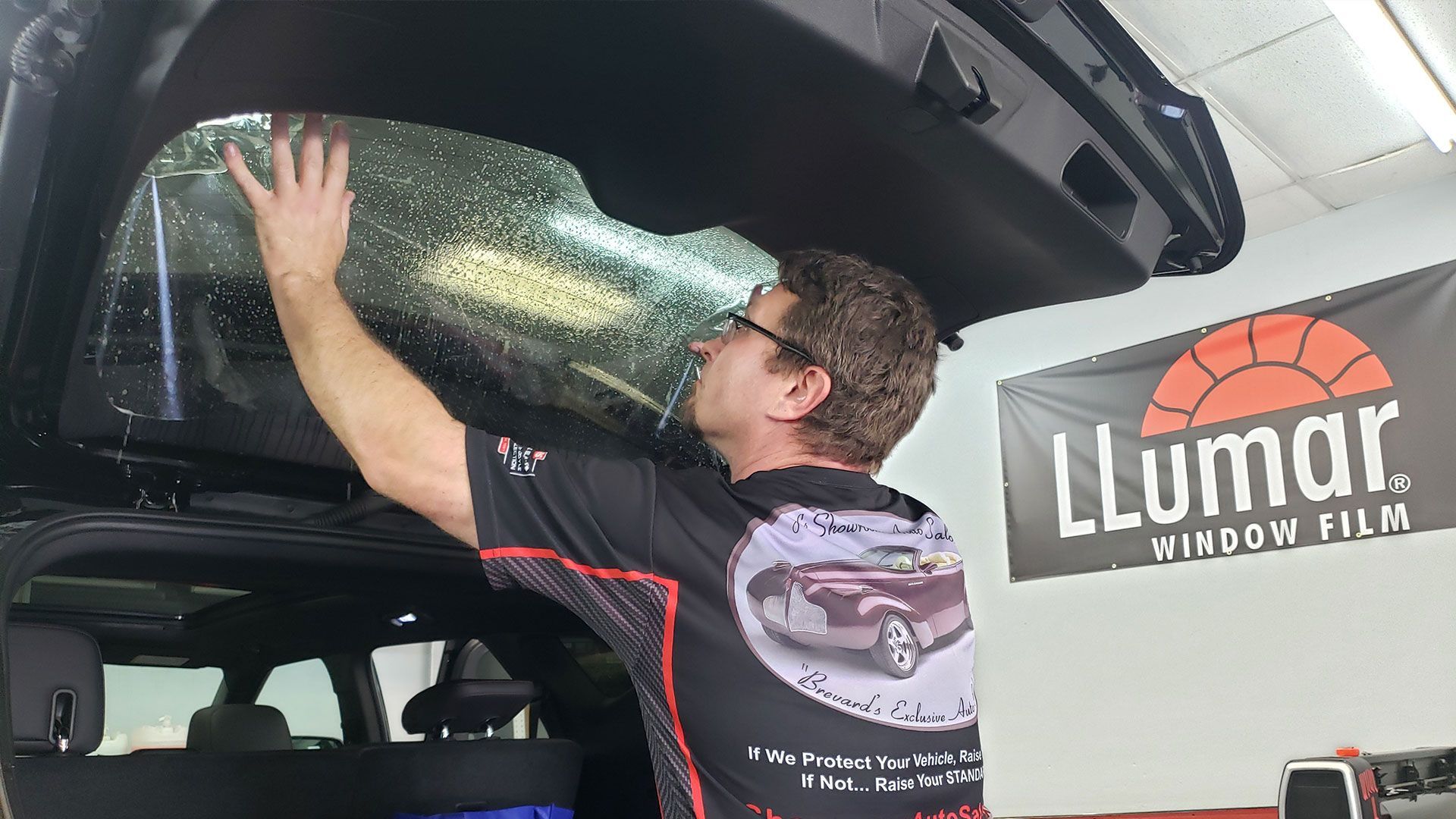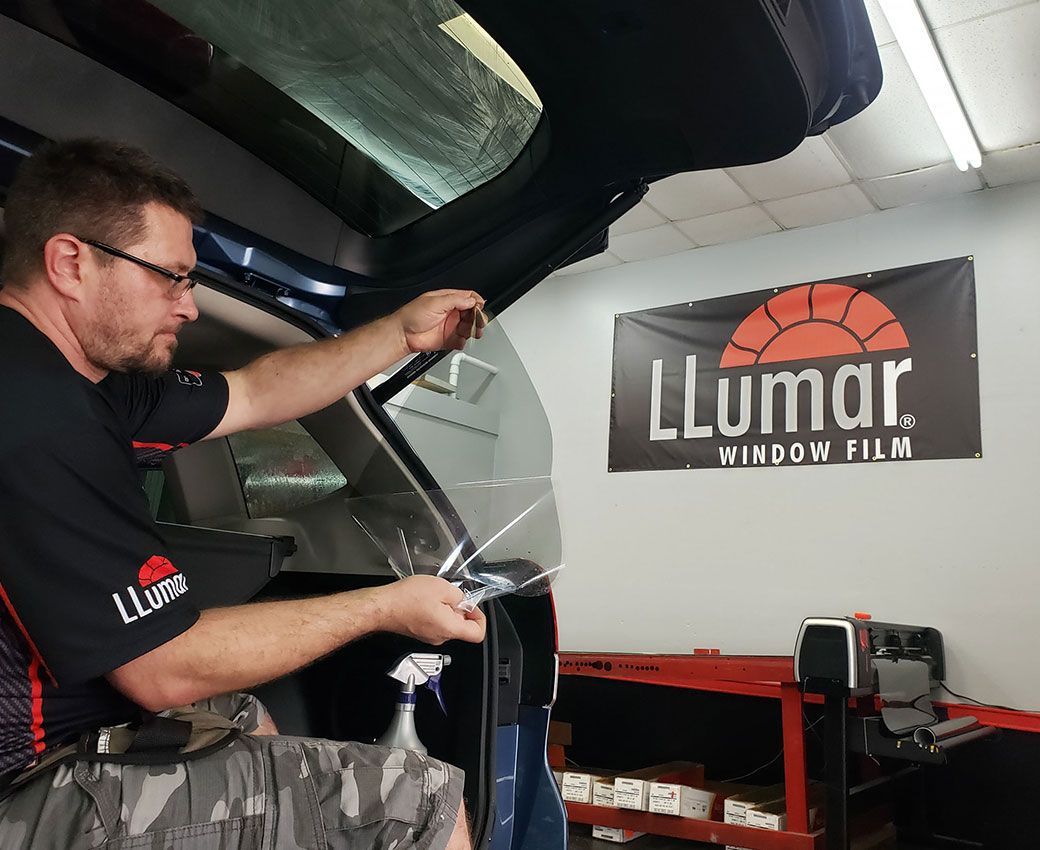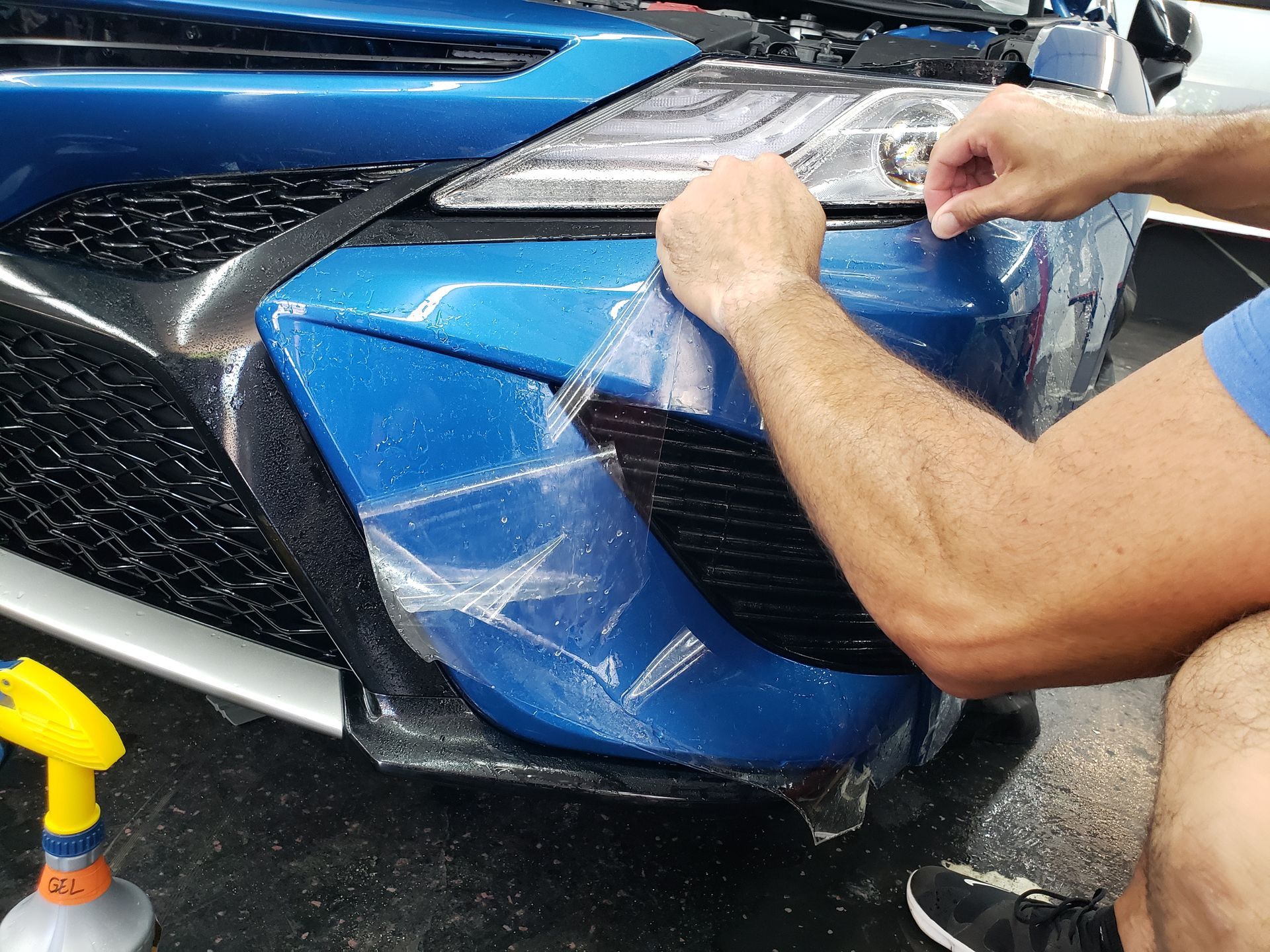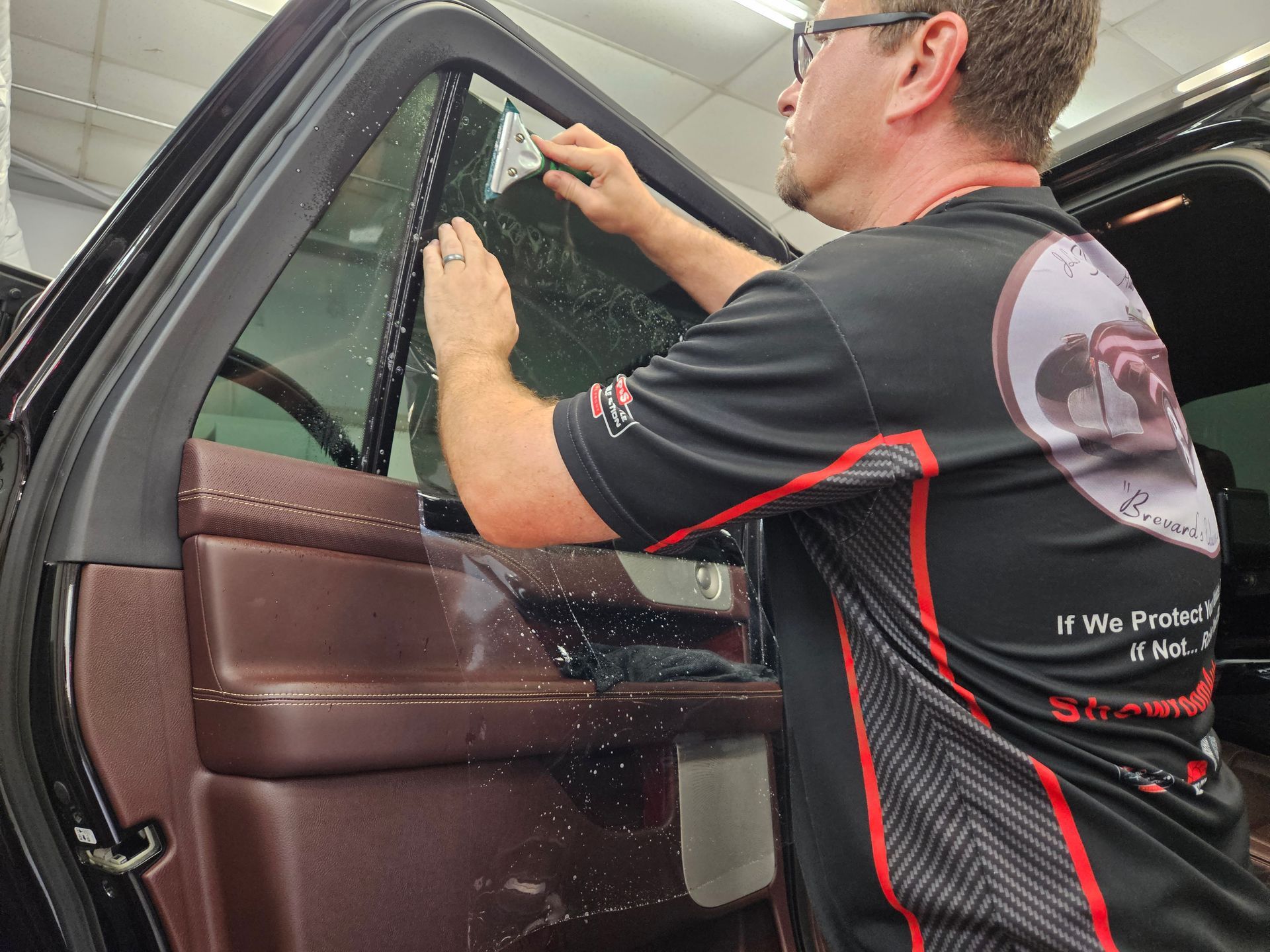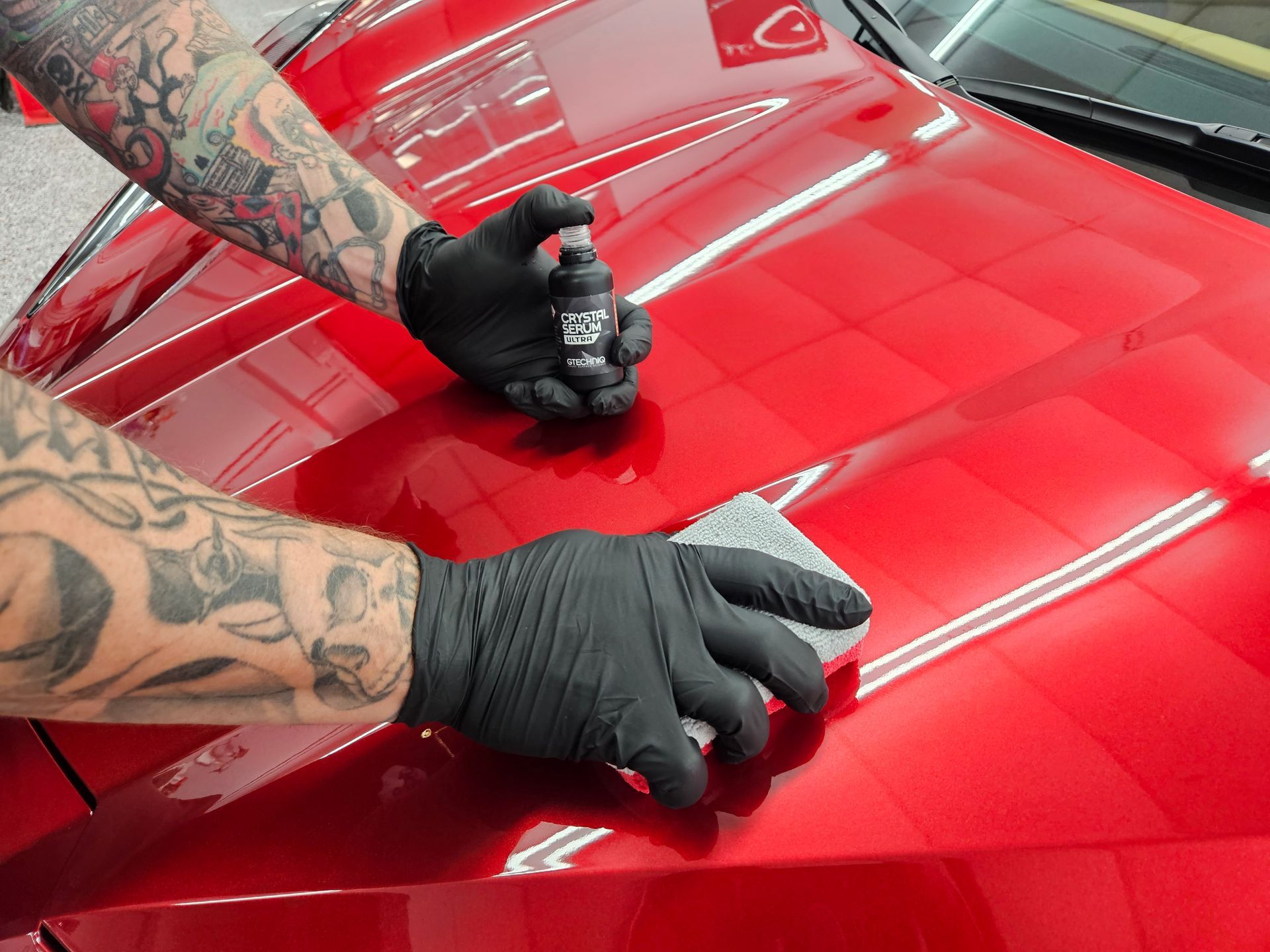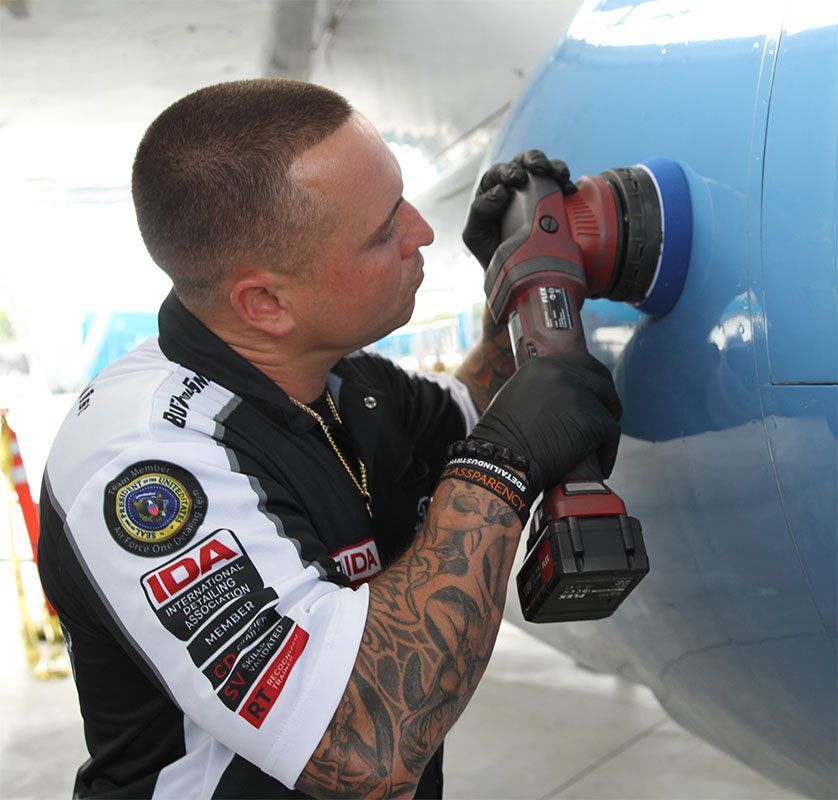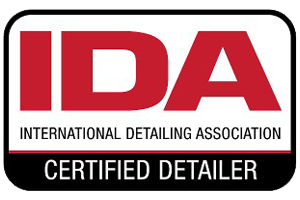Dispelling Myths About Vehicle Window Tinting: Facts You Need to Know
Many car enthusiasts believe that vehicle window tinting is fraught with legal issues, poor visibility, and indistinguishable quality. The truth might surprise you. Actually, this subtle modification can transform your driving experience by cutting down glare and keeping your car cooler, but navigating through all the hearsay can be daunting.
One common myth about vehicle window tinting is that it decreases visibility at night, but in reality, high-quality window tints can maintain visibility while reducing glare. Another myth is that all tints block UV rays equally, but it's important to select tints with high total solar energy rejection (TSER) percentages for superior heat blocking capability.
Dispelling Common Window Tinting Myths
Window tinting has garnered quite a few misconceptions over the years. Let's cut through the fog of misinformation and clear up these myths once and for all.
Myth 1: Tinted Windows Are Illegal Everywhere
It's a common belief that window tinting is universally outlawed. However, the reality is far from it. The laws governing window tinting vary from state to state and country to country. While some regions impose strict regulations, others are more lenient. In the United States, each state has its own set of rules regarding the permissible level of tinting for vehicle windows. Some states allow a darker tint on rear windows, while others have uniform requirements for all windows. Additionally, certain medical exemptions may permit higher levels of tinting for individuals with specific health conditions. It's important to familiarize yourself with the local regulations to ensure compliance and avoid potential fines. Always check the specific tinting laws in your area before applying any film to your windows.
Myth 2: Tinted Windows Impair Visibility
There's a prevailing misconception that tinted windows obstruct visibility and make driving dangerous. However, high-quality tints are designed specifically not to hinder the driver's vision. In fact, modern tints enhance visibility by reducing glare from the sun and headlights. They offer a clear view of the road while protecting against harmful UV rays. Professionally installed window tints provide excellent visibility, making them a valuable addition to any vehicle. In essence, these tints act as a reliable shield against excessive brightness without compromising the driver's ability to see clearly, especially during unfavorable weather conditions or when driving in glaring sunlight. This debunking should put to rest any concerns about compromised safety due to tinted windows.
Myth 3: All Window Tints Are the Same
Another prevailing myth is that all window tints are created equal. Contrary to this belief, there is considerable variation in tints concerning material, light transmission, and UV blockage. For instance, ceramic tints stand out for their ability to block up to 99% of harmful UV rays, along with their superior heat rejection compared to dyed tints. These advanced tints provide exceptional protection against UV radiation while ensuring a comfortable driving experience by reducing heat buildup inside the vehicle. It's crucial for consumers to recognize that different types of tints offer varying levels of performance and protection. Even within the same category of tints, there can be substantial differences in quality and effectiveness. Understanding these distinctions empower vehicle owners to make informed decisions when choosing window tinting options for their vehicles.
By dispelling these myths, we've shed light on the realities of window tinting regulations, safety features, and material variations. It's important for consumers to be well-informed about these facts when considering window tinting options for their vehicles.
Legal Aspects of Window Tinting
When considering tinting your vehicle's windows, it's essential to be aware of the laws and regulations in your area. These laws typically revolve around the Visible Light Transmission (VLT) percentage, which indicates the amount of light allowed to pass through the window tint. Different states have varying regulations regarding acceptable VLT percentages for window tinting. Understanding these laws is crucial, as non-compliance can lead to penalties and even the mandatory removal of the tint. It's essential to familiarize yourself with the specifics of your local laws, as they can vary widely from state to state. It's important to note that these regulations are not static and may be subject to change over time. Staying informed about any updates or modifications to these laws is advisable, as failing to comply with them can result in fines and other penalties.
Imagine being pulled over by law enforcement and being issued a ticket for illegal window tint. Not only would you face financial repercussions due to fines, but you would also be required to remove the tint, resulting in additional expenses. Stay updated with the latest regulations and avoid these situations altogether. Regularly inspecting your car's window tint is a proactive approach to ensuring compliance with the prevailing regulations. If you notice any discrepancies or concerns regarding the darkness of the tint, address them promptly before they escalate into legal issues. Understanding these legal aspects not only helps you remain within the bounds of the law but also ensures a hassle-free driving experience without running into unnecessary legal complications related to illegal window tinting.
Types of Vehicle Window Tints
When it comes to window tints, there are various types available. Each type has its own set of benefits and considerations to keep in mind. Let's take a closer look at some popular choices:
- Dyed Window Tints: Dyed window tints are an economical option that provide a moderate level of visibility and enhance the appearance of your vehicle. They work by absorbing solar heat, protecting your car's interior from UV rays, and reducing glare. While they offer decent heat rejection, they are not as effective as other types in this aspect. Additionally, the color might fade over time due to prolonged exposure to sunlight, requiring periodic replacement for optimal performance. Despite their affordability and aesthetic appeal, dyed tints may not be the best choice if you live in a particularly sunny or hot climate.
- Metalized Tints: Metalized tints are designed with tiny metallic particles embedded within the film to provide UV protection and heat rejection. These films are more effective at heat reduction than dyed tints and are generally more durable. However, one important consideration is that the metal content within these tints may interfere with electronic signals such as GPS and cellphone reception. While they provide excellent protection from UV rays and solar heat, especially in hotter climates, the potential signal interference is a factor to weigh against their benefits. Additionally, metalized tints tend to have a reflective appearance, giving a sleek, mirrored finish to your vehicle's windows.
- Ceramic Tints: Ceramic window tints represent the top-tier option among all varieties available. They are manufactured using ceramic nanoparticles, which are non-metallic and non-conductive. This results in exceptional UV and heat-blocking capabilities without affecting electronic signals like GPS or cell reception. The advanced technology behind ceramic tints allows for superior protection from solar heat while maintaining optimum visibility for both daytime and nighttime driving. These tints also offer the highest levels of durability, resisting fading and discoloration and maintaining their effectiveness over time.
It's clear that each type of tint offers distinct advantages and potential drawbacks, making it essential to consider your specific needs and preferences when choosing the right tint for your vehicle.
Practical Benefits of Window Tinting
Window tinting offers more than just a sleek cosmetic enhancement; it provides several practical advantages that can significantly improve your driving experience. Let's take a closer look at the key benefits:
UV Protection
When you're out driving, your skin and eyes are constantly exposed to harmful UV rays from the sun. High-quality window tints effectively block up to 99% of these UV rays, serving as a shield against potential sun damage to both the occupants and the interior of your vehicle. Prolonged exposure to UV rays can lead to premature aging, skin cancer, and the fading of upholstery and dashboard surfaces. Imagine your window tint as a barrier, safeguarding you and your vehicle against this constant onslaught of damaging radiation.
Heat Reduction
One of the most noticeable benefits of window tinting is its ability to reduce the amount of heat that accumulates inside your vehicle. How does it achieve this? By rejecting significant portions of solar heat, quality tints can decrease interior temperatures. This has a direct impact on your comfort during drives, especially in hot climates. Additionally, reducing the heat buildup means relying less on air conditioning, which not only makes your ride more comfortable but also contributes to fuel savings by reducing the need for excessive air conditioning.
Energy Savings
Lowering fuel consumption has become an important consideration for many drivers due to rising gas prices and environmental concerns. When your car's interior is cooler due to the reduced heat buildup from window tints, there is less reliance on air conditioning, which directly translates into fuel savings. Reducing energy expenditure while achieving a cooler ride is a win-win situation all around, offering both financial and environmental benefits. By using less fuel, you not only save money over time but also contribute to reduced carbon emissions, making your driving experience more eco-friendly.
These practical benefits clearly demonstrate how window tinting goes beyond aesthetics to provide tangible improvements in comfort, safety, and cost-efficiency for every driver.
Safety Impact of Tinted Windows
When it comes to vehicle safety, many people don't immediately think of window tinting. However, tinted windows can actually play a significant role in enhancing safety on the road. Let's take a closer look at how tinted windows can contribute to a safer driving experience for you and your passengers.
- Shatter Resistance: In the unfortunate event of an accident, window tint films provide an added layer of protection. These films are designed to hold shattered glass together, reducing the risk of injury from flying shards. Imagine being in a situation where a window shatters due to a collision or impact - the last thing you want is glass fragments flying everywhere, potentially causing harm to you or your passengers. By holding the glass together, tint films act as a safety feature that can offer protection during such incidents, making them an important consideration for vehicle safety standards.
- Enhanced Privacy: Tinted windows not only offer privacy for occupants within the vehicle but also act as a deterrent against potential break-ins. By shielding passengers and valuables from prying eyes, tinted windows decrease the likelihood of theft or vandalism. This added layer of privacy and security can contribute to peace of mind while driving or when leaving your vehicle unattended in public areas, ultimately enhancing overall safety and security.
- Reduced Glare: Glare from the sun and headlights can be distracting, especially when driving at dawn or dusk. Tinted windows significantly diminish glare, thereby reducing eye strain and enhancing driving safety. This is particularly beneficial during long drives or when navigating through bright, sunny conditions. By minimizing glare, tinted windows contribute to improved visibility and reduced strain on the driver's eyes, promoting safer driving conditions for everyone on board.
As we've seen, there's more to window tinting than just adding style to your vehicle. From shatter resistance to enhanced privacy and reduced glare, the safety benefits of tinted windows are clear. It's important to recognize these features when considering window tinting for your vehicle's overall safety enhancement.
Aesthetic and Functional Value
When it comes to vehicle window tinting, it's not simply about applying a dark film to your windows. There are several benefits that extend beyond style, enhancing your driving experience in multiple ways. Let's dive into the aesthetic and functional aspects of having tinted windows.
Enhanced Style and Customization
A tint that complements the exterior of your car can make a striking statement, giving your vehicle a sleek, modern look that reflects your personal taste and style. Some tints even offer a subtle color hue, such as blue, green, or purple, further enhancing the customization aspect and making your car stand out from the crowd. Various shades and tints provide options to match your car's aesthetic theme, whether you prefer a sophisticated, understated appearance or a bold, eye-catching finish. This makes window tinting an expression of your individuality on wheels.
Added Resale Value
Quality window tints are an investment that can significantly impact your car's resale value by maintaining the interior in top condition while adding to the overall appeal of your vehicle. By protecting the interior from harmful UV rays and reducing heat buildup, tints help preserve the upholstery, dashboard, and other interior components. When it comes time to sell or trade in your car, potential buyers will appreciate a well-maintained interior, giving you an edge in negotiations. In addition to maintaining the interior, appealing aesthetics also play a significant role in determining resale value. A clean, well-kept car with properly tinted windows tends to attract more buyers and often fetches higher prices compared to vehicles with neglected interiors or fading upholstery due to prolonged exposure to sunlight.
Long-Term Benefits and Longevity
Properly installed and maintained window tints offer long-term benefits in terms of both aesthetic enhancement and practicality. High-quality tints resist fading and discoloration over time, providing lasting effectiveness in preserving interior components. When professionally installed, window tints not only enhance the visual appeal but also contribute to increased privacy within the vehicle. This privacy can be particularly beneficial when parked in public spaces or traveling through busy urban areas. Moreover, professionally installed tints should not damage windows; instead, they can enhance structural integrity by preventing shattering if the glass is impacted. This feature contributes to overall vehicle safety and occupants' well-being in case of accidents or unexpected events on the road.
Choosing the right shade and quality of window tint can indeed transform the appearance of your vehicle while ensuring lasting protection for its interior components. Vehicle window tinting offers a myriad of benefits beyond just aesthetics, serving as a valuable investment for both style and practicality. Whether it's enhancing your car's appearance or ensuring long-term preservation, quality window tints are a worthwhile addition to any vehicle.
Top Window Tinting Solutions in Melbourne, FL
Enhance your vehicle's comfort and style with JL’s Showroom Auto Salon's
unbeatable window tinting solutions in Melbourne, FL. Our expert team applies high-quality tint to reduce glare, block harmful UV rays, and keep your car's interior cooler and more private. With our precise installation and premium materials, you can trust that your vehicle will not only look sleek but also gain added protection and efficiency. Visit JL’s Showroom Auto Salon today to upgrade your ride with our exceptional window tinting services. Call us at
(321) 723-6976 to get started!
